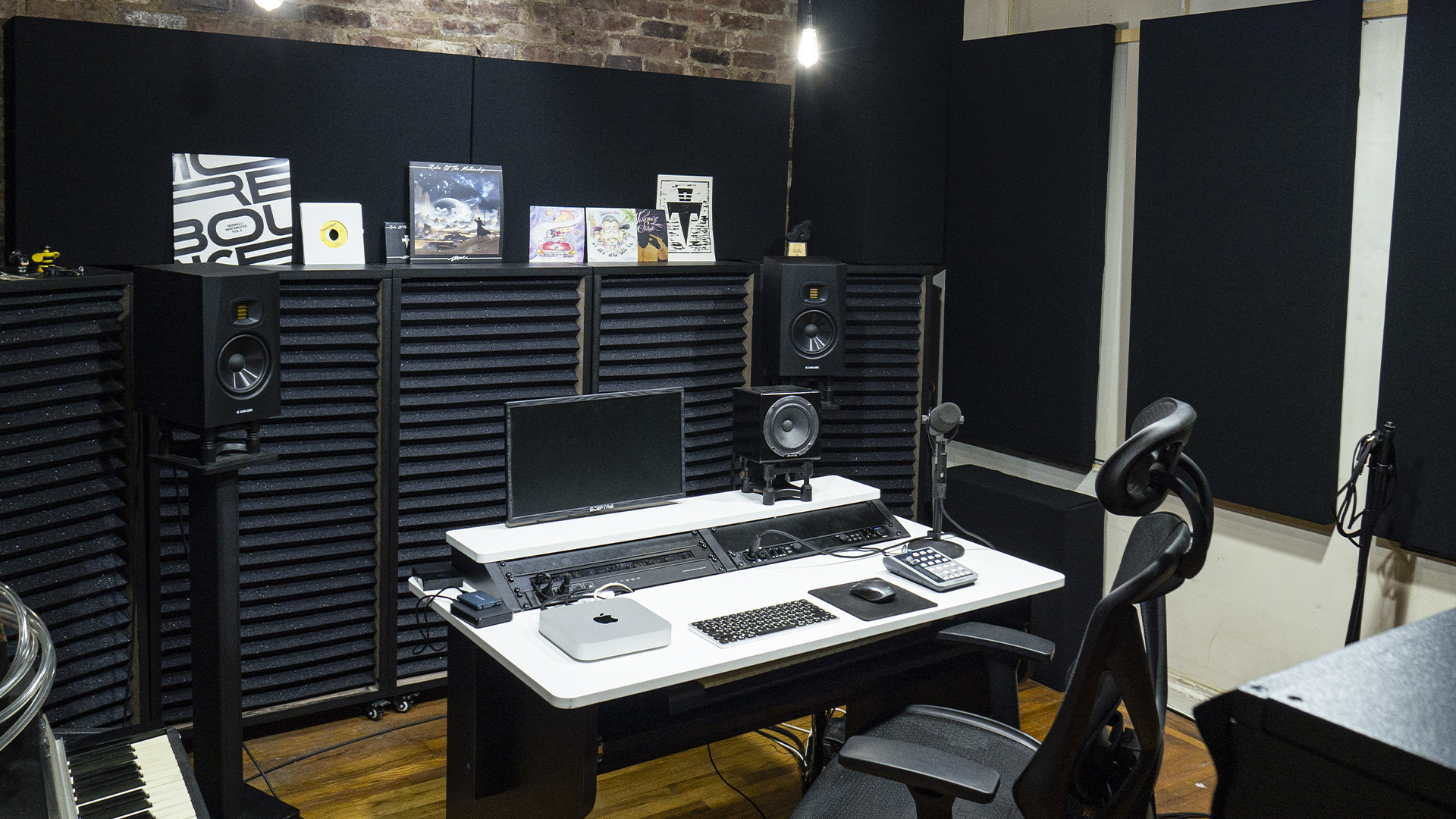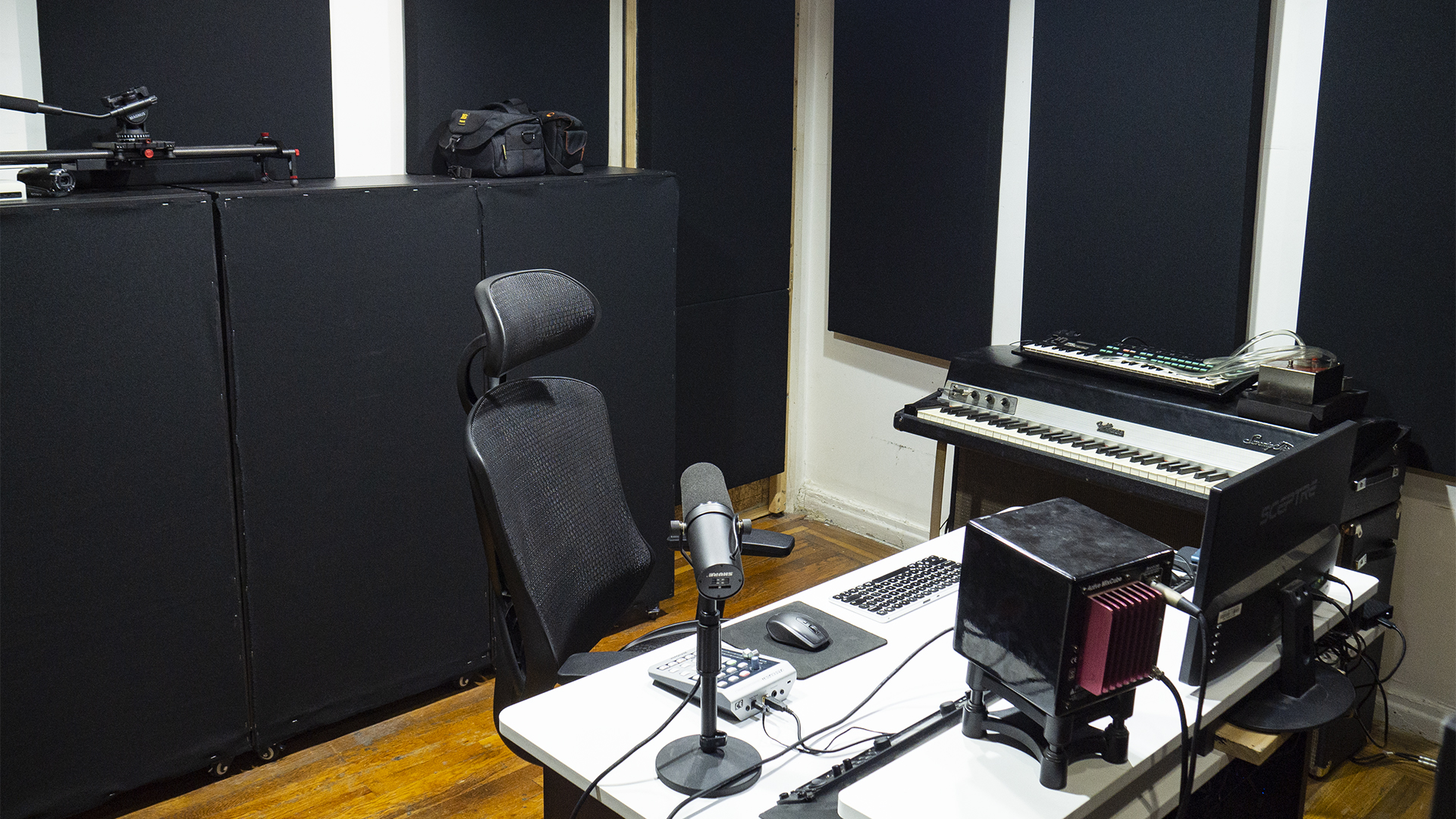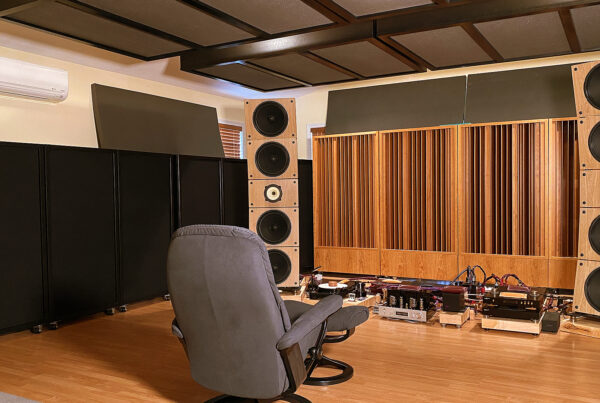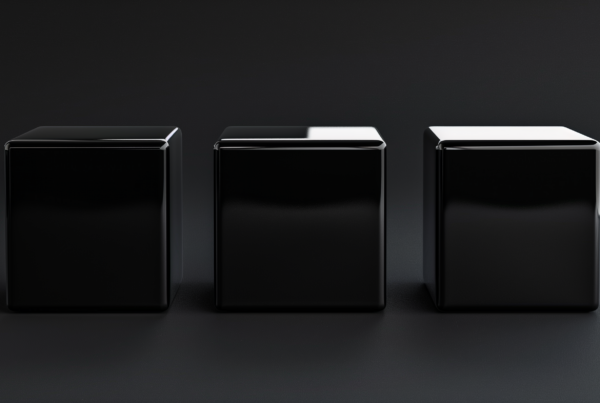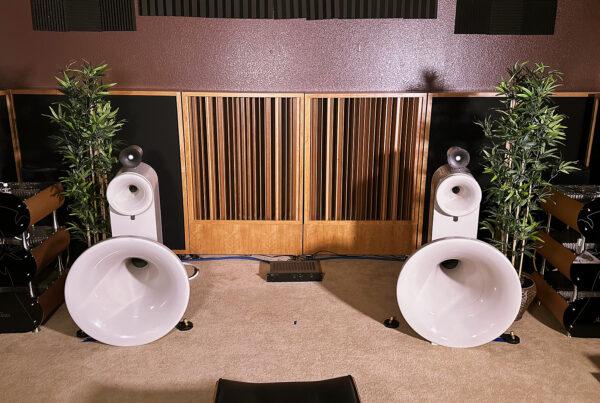New York City, USA
Funky
Acoustics
An acoustical journey by Temu Music
For over 10 years, I have been trying to communicate to people the importance of the room and its impact on sound quality. I try to make the complicated as simple as I can so that more people can understand just how large of a factor the room plays in what you hear. It impacts what you hear in your mixes. It impacts what you hear in your two channel set up and your room theater. Your room sound is in everything. People always ask what percentage of what we hear is room sound and what is gear sound. It is a difficult number to come up with but I know we can safely say at least 50% and I would in most cases say up to 75%. Your room is another box in the box within a box paradigm.
Boxes Within Boxes
Your speakers are a box, your amplifiers are a box and then we take these boxes and place them inside another box which is our room. With all of these boxes within boxes, we must always look at the largest box of them all. It is difficult to illustrate to people what a well balanced room sounds like. Most have never experienced a reference room where all the low, middle, and high frequency issues have been addressed properly. Most individuals’ reference of what a good room sounds like falls short of the reality of what a good room sounds like. Most rooms have large low-frequency issues due to their small size and volume. The usage within these small rooms is more energy than the dimensions can handle and unwanted modal pressure issues are laced throughout the room dimensions.
I saw a room yesterday where low – frequency pressure issues occurred every three feet within the room. There were large pressure pockets that you could not get away from no matter where you set up. Middle and high frequency issues abound with higher than average reverberation times and the time signatures of wall reflections are not coordinated with the straight line or direct sound from your speakers. You must cover a lot of surface area with treatment and you must use the correct rates and levels of absorption and diffusion. It is not easy. Every surface area within the room is contributing its own “stink” to the acoustic equations within our rooms. Every surface area has its own set of low, middle, and high frequency issues and they can be different from surface area to surface area.
Activated Carbon: Best Performance Parameters
It can be a daunting task to figure out what wall is producing what issue. The next step of deciding on what treatment type and how much of it to use and where to place it correctly further adds to the complexity of small room acoustics. Sometimes it becomes necessary to place so much treatment within the room that you end up creating a new treatment room inside your existing room. The goal is to get the best sound while spending the least amount of money and taking up as little space as possible. Our DIY program is designed for those who have the carpentry skill set to build our technology. You will need 2-3 years woodworking experience, a table saw, strong working tables along with routers and joinery tools. I forgot about the most important thing and that is time. You must have the time to spend building cabinets that have many internal parts to them.
Through our DIY program, we can send to qualified users our carbon and foam technology. Our carbon technology goes inside the low frequency units and our foam technology is for middle and high frequency issues. After 8 years and over 2 M spent developing our carbon and foam technologies you can be assured that you are using the finest material types with the best performance parameters that are currently in the marketplace. For over 10 years, maybe 15, I have been trying to tell people about the impact and importance of treating your room and removing the low, middle, and high frequency issues. Sometimes I succeed. Sometimes I do not. When I do, it’s a great joy to see the eye and ear opening experience a client goes through when they hear their new room that they have built themselves. Follow Temu’s journey as he goes through his own journey using our carbon and foam technologies.
Products in this project
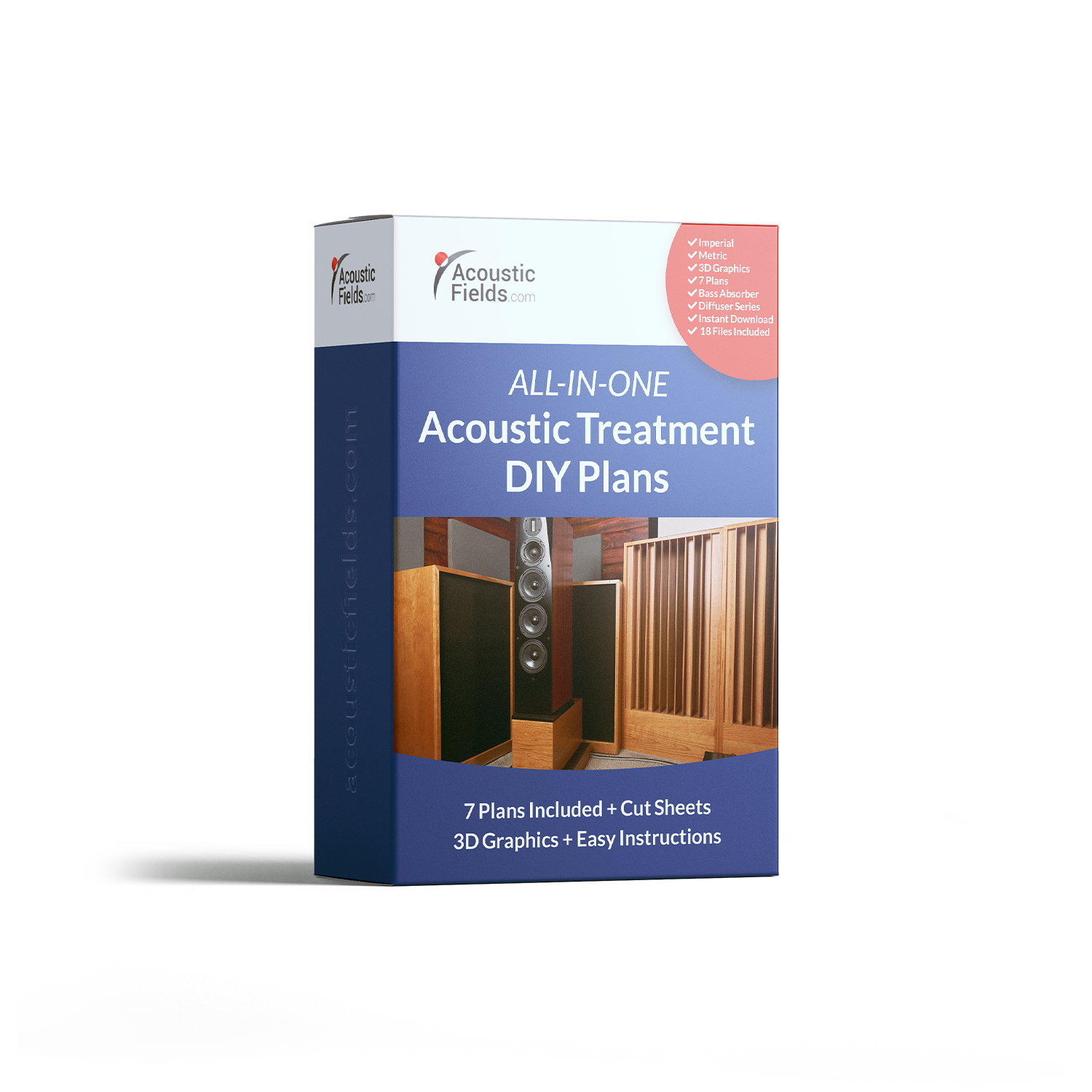
Acoustic Treatment Build Plans Package
There are many options for acoustic treatment on the market, but not all of them are accessible to the average person. Not every person who values supreme sound quality can afford to pay thousands of dollars for acoustic treatments. That’s why we sell our DIY Acoustic Treatment Build Plans. This is the most cost-effective treatment on the market, and it actually works!
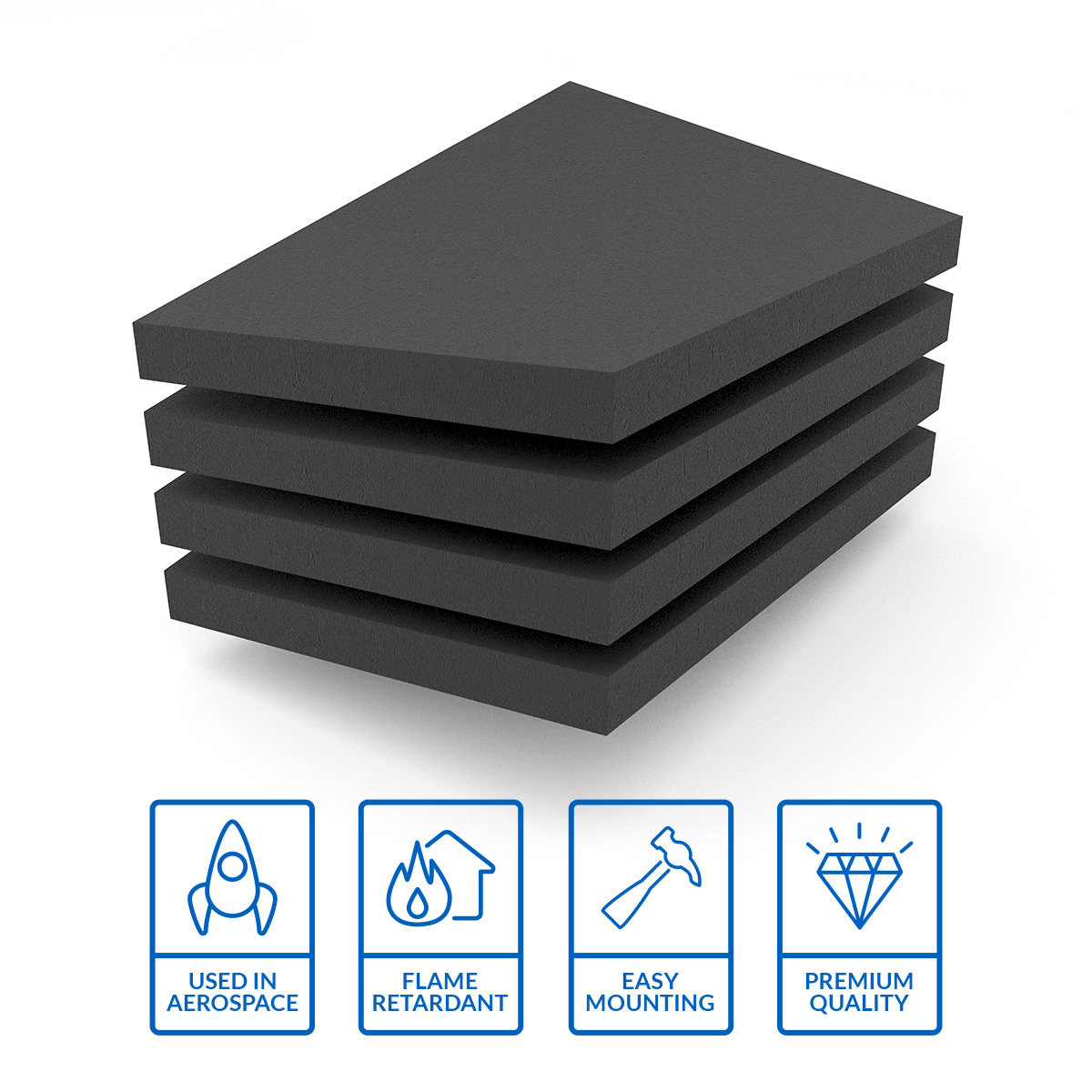
Acoustic Foam StudioPro
More cells with better shapes produce more absorption below 500 Hz. In fact, we absorb 30% at 125 Hz. and 63% at 250 Hz. reaching 100% at 500 Hz. We went after the bottom half of the existing absorption curves to produce a foam that has a smoother absorption curve that goes lower where our vocals start and ends with a smoother, more gradual rate and level of absorption.
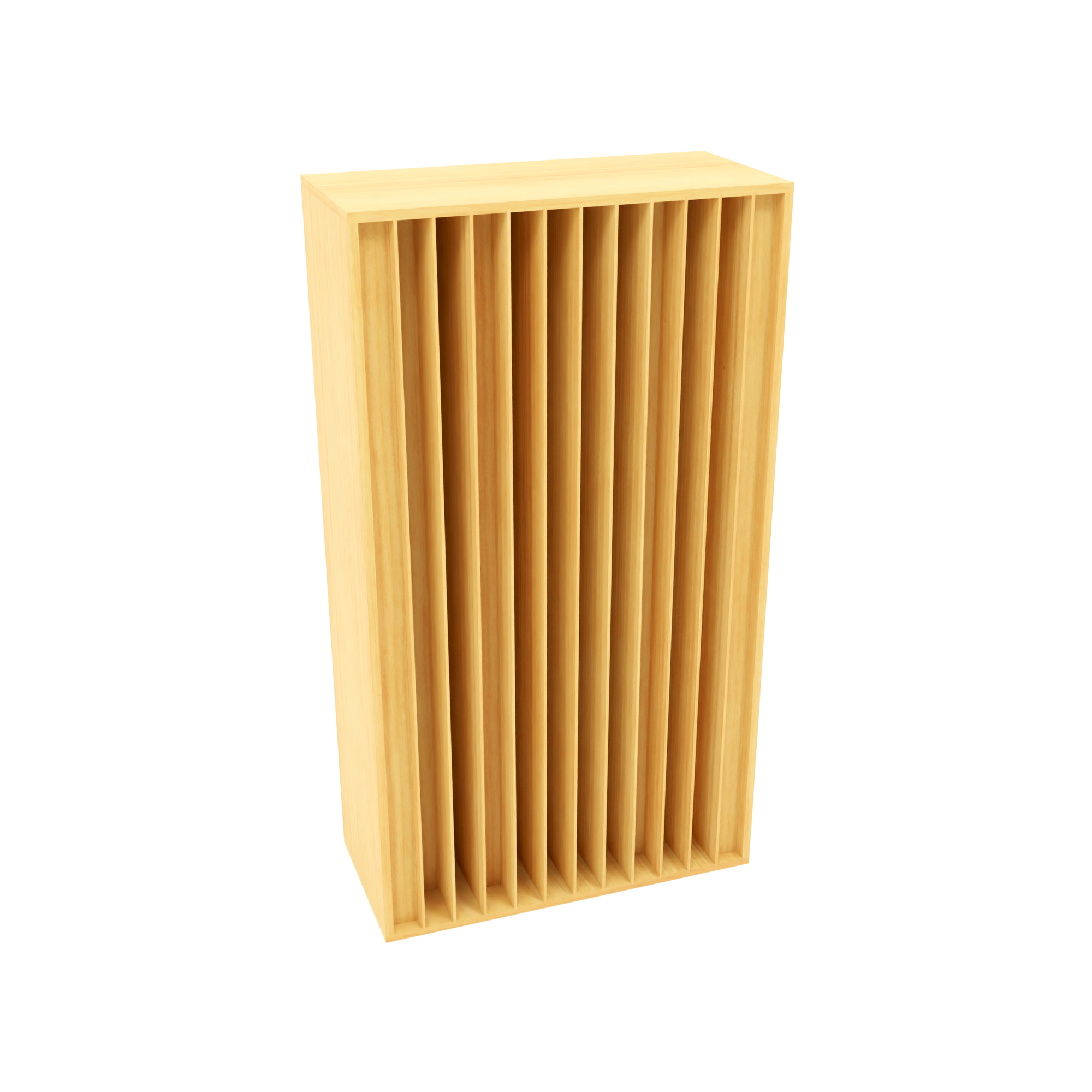
Acoustic Diffuser QD-13
No listening room, home theater, or recording studio is complete without proper diffusion. It’s an absolute necessity! The QD-13 acoustic diffuser from Acoustic Fields is the ultimate quadratic diffusion solution for energy in the 280 Hz to 3,400 Hz range. Although we didn’t invent quadratic diffusion, we think that after 25 years in the business, no one is doing quadratic diffusion better than we are!
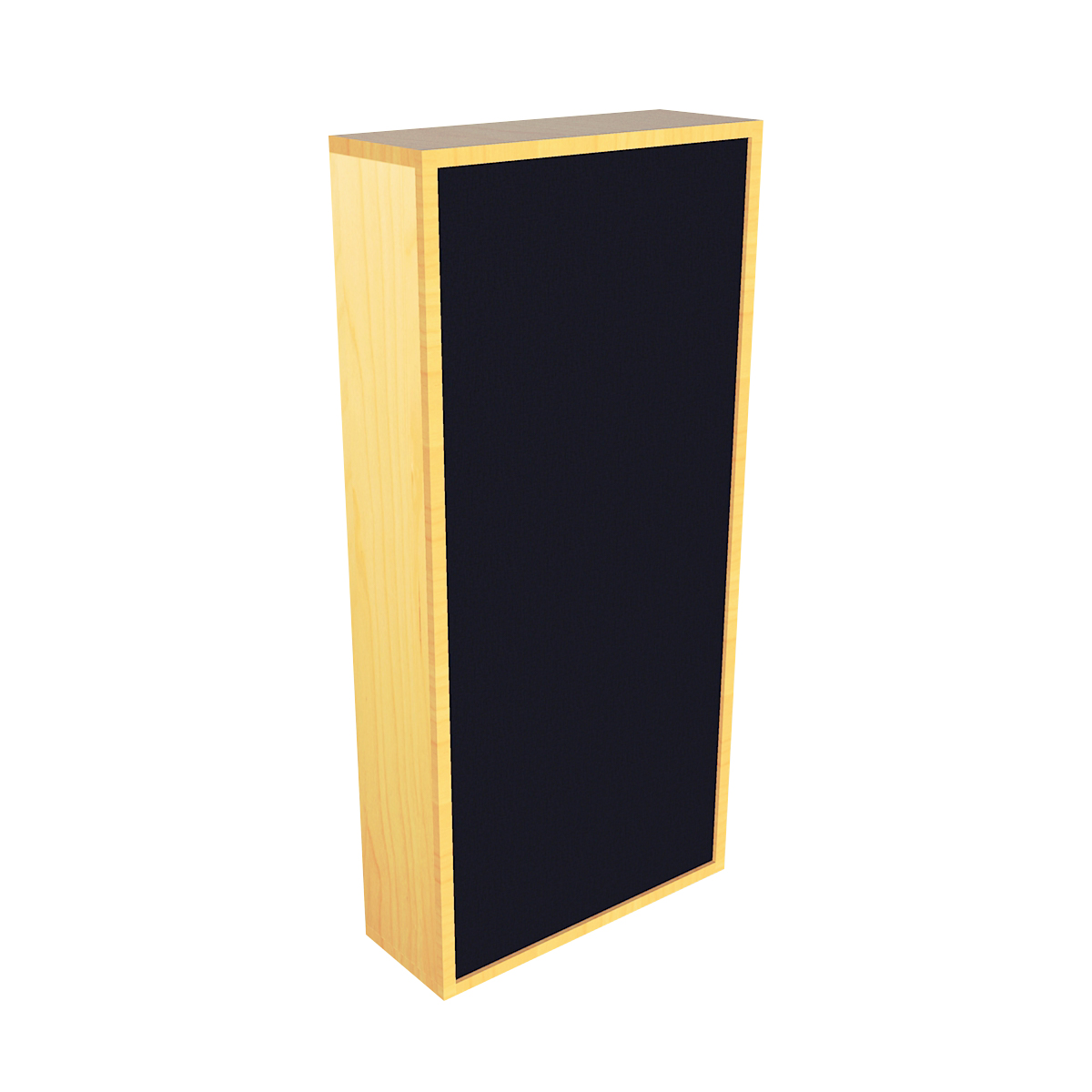
Carbon Panel | CP
Our carbon technology that has become so popular with our low-frequency product line is now available in panels that are not as deep as our ACDA units. With the same smooth frequency response starting at 40 – 60 Hz. and going through 6,500 Hz. it is a smooth low-frequency absorbing tool for absorbing unwanted low-frequency energy along the boundary surfaces in small rooms.
Do you want to solve your room acoustic problems?
There’s no one size fits all when it comes to room acoustics.
Get your FREE personal room acoustics analysis by chief acoustics engineer Dennis Foley.


